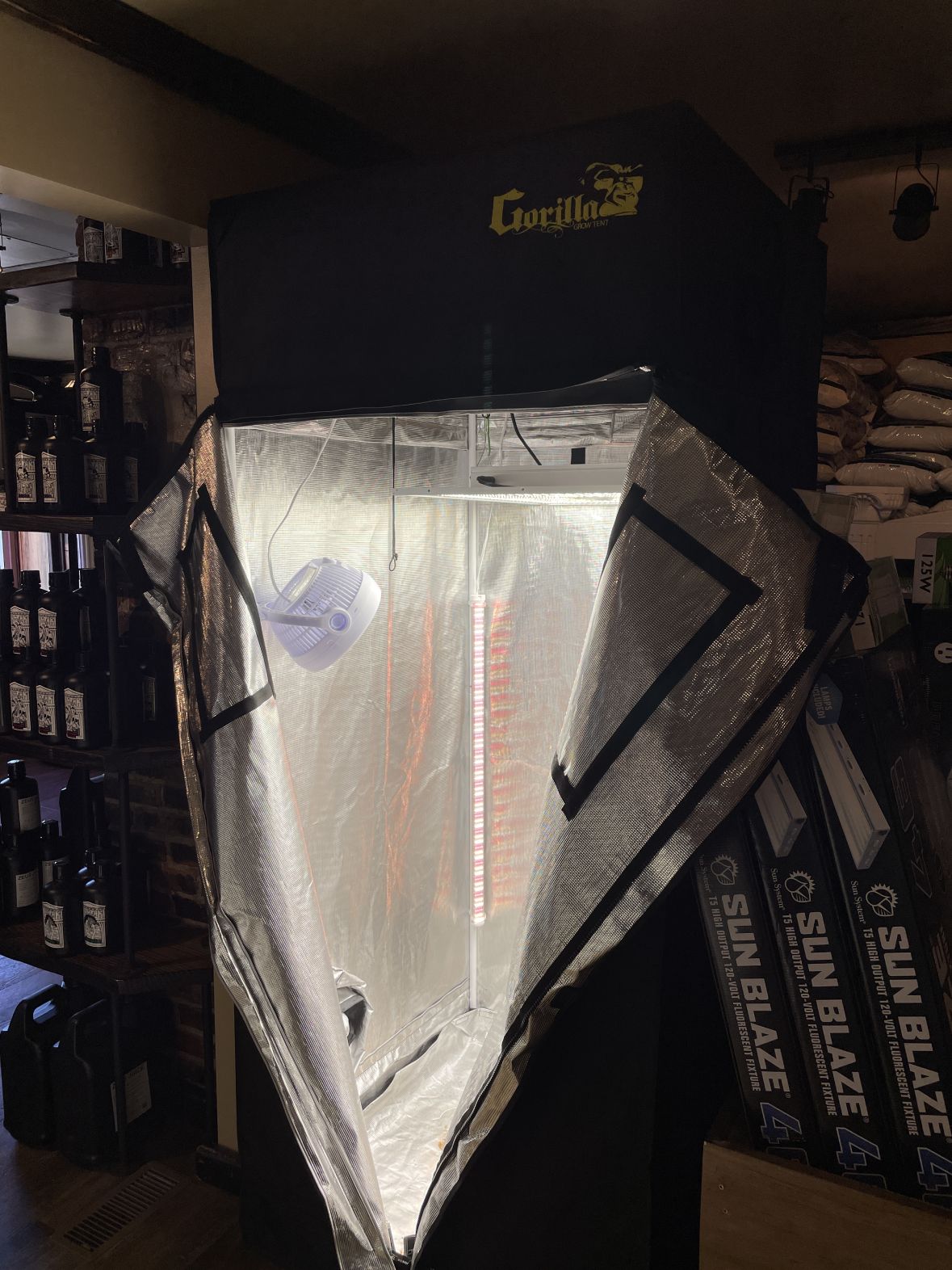Harnessing the Power of Hydroponics: a Deep Dive Into Uses and Different Types
In the world of contemporary agriculture, hydroponics has actually become an approach that challenges typical farming techniques by providing a space-saving and water-efficient option. The application of hydroponic systems opens up a world of possibilities for cultivating plants in diverse settings, ultimately impacting food manufacturing and sustainability. As we browse via the elaborate landscape of hydroponics, exploring its various types and applications, a much deeper understanding of its potential to change farming practices and address international food safety issues begins to unfold.
Benefits of Hydroponic Farming
Hydroponic farming supplies various advantages over conventional soil-based farming. One of the key advantages is water efficiency; hydroponic systems make use of up to 90% much less water compared to standard farming techniques.
Furthermore, hydroponic farming allows for better control over nutrient levels, bring about faster plant growth and greater returns. By offering crucial nutrients directly to the plant roots, hydroponic systems advertise much healthier and extra durable plant advancement. In addition, the controlled environment of hydroponic systems decreases the risk of pests and diseases, minimizing the demand for harmful chemicals and herbicides.

Typical Types of Hydroponic Systems
One prevalent type is the Deep Water Society (DWC) system, where plant origins are immersed in a nutrient remedy. The Ebb and Flow system, also understood as Flooding and Drain, regularly floodings the plant origins with nutrient service before draining it. Wick systems, the simplest type of hydroponics, use a wick to passively supply nutrition option to the plant origins.
Nutrient Film Strategy (NFT) System

One of the crucial advantages of the NFT system is its water effectiveness. The Indoor Earthworm. Because the nutrient service is recirculated in a closed system, this approach utilizes dramatically less water contrasted to standard dirt farming. Additionally, the NFT system is space-efficient, making it ideal for indoor farming or in locations with restricted space for standard agriculture
Nonetheless, the NFT system needs mindful tracking and maintenance to make certain the continuous circulation of water and nutrients. Any type of disturbance in the flow can rapidly affect plant wellness. In general, the NFT system provides a reliable and lasting way to grow plants hydroponically, particularly for plants that grow in well-oxygenated origin atmospheres.
Deep Water Society (DWC) System
Relocating from the Nutrient Film Technique (NFT) system, the Deep Water Culture (DWC) system is a hydroponic method that includes putting on hold plant roots directly in a nutrient service. Unlike NFT, where origins are continually exposed to a thin film of nutrient remedy, DWC plants have their roots submerged in a storage tank filled with oxygenated nutrient water. The roots dangle in the nutrient solution, allowing for straight uptake of water and essential nutrients.
One of the crucial advantages of the DWC system is its simpleness and low upkeep demands. The constant accessibility to oxygen and nutrients promotes rapid development and higher returns. DWC systems require ample oygenation to stop root rot and ensure optimum nutrient absorption. Normal monitoring of pH levels and nutrient concentrations is important to avoid discrepancies that can damage plant health and wellness.
Aeroponic System
A cutting-edge technique in hydroponics growing, the Aeroponic System uses a misting or fogging system to supply nutrients straight to plant roots suspended airborne. This system is understood for its capability to advertise fast growth and reliable nutrient uptake as a result of the direct shipment of nutrients to the roots, permitting find more the plant to focus its power on development instead than looking for nutrients. In an aeroponic configuration, plants are normally housed in a closed atmosphere where the origins are periodically misted with a nutrient service. This misting cycle guarantees that the roots receive ample oxygen, promoting healthy and balanced root development and general plant growth.
One of the essential benefits of aeroponics is its water performance, as the system uses significantly less water contrasted to traditional soil-based growing methods. In addition, the accurate shipment of nutrients directly to the roots can result in greater yields and faster growth prices. While aeroponics can be much more intricate to establish and keep contrasted to other hydroponic systems, its potential for boosted plant growth and efficiency makes it a prominent option for hydroponic lovers and business growers seeking optimum outcomes.
Verdict
Finally, hydroponic farming uses numerous benefits and various kinds of systems to pick from. The Nutrient Movie Technique (NFT) system, Deep Water Society (DWC) system, and Aeroponic system are amongst one of the most common methods used in hydroponics. Each system has its own advantages and restrictions, making it crucial for farmers to very you can try this out carefully consider their needs and preferences prior to picking the most suitable system for their crops.
Unlike various other hydroponic systems where plants are submerged in a nutrient option, in the NFT system, the check my blog roots are subjected to the water just in a superficial movie.Moving from the Nutrient Movie Strategy (NFT) system, the Deep Water Society (DWC) system is a hydroponic method that includes putting on hold plant origins straight in a nutrient service.A cutting-edge method in hydroponics cultivation, the Aeroponic System uses a misting or misting system to supply nutrients directly to plant origins suspended in the air. The Nutrient Movie Technique (NFT) system, Deep Water Society (DWC) system, and Aeroponic system are among the most typical approaches used in hydroponics. Each system has its very own advantages and restrictions, making it essential for farmers to thoroughly consider their needs and preferences prior to choosing the most suitable system for their crops.
Comments on “The Indoor Earthworm Means: A Game-Changer in Planting Techniques”